Today we embark on the second of my 2018 Japan Winter Wildlife Photography tours, which is basically a repeat of the first tour, although no two tours are ever identical.
With the speed at which I can now work through my images in Capture One Pro, I have been able to complete all three of my Japan winter tours this year having gone through and made my initial selection of images, and having done most of the processing necessary on my selected images, by the time I finished each tour.
This is quite liberating, especially for my wildlife tours, as we generally shoot more on a wildlife trip, with my final count for images that I didn’t delete at 7,515. I generally only delete images that are technically a mess, like when the camera went off in my hand etc. so this is pretty much my final count for the trip.
Of these, I had around 680 images in my final selection when I got home. This represents images that I had selected, and done a little bit of culling, removing some each day, leaving images that I knew I wanted to look at again when I got home. My initial rating to look at something again is three stars, and I already started tagging the better of these with four stars, of which I had around 70 images. I really do enjoy being able to get to this point by the end of the trip, because it makes my work much easier after getting home, as I try to catch up on business.
I actually lost a chunk of time troubleshooting an email issue earlier this week too, and that, along with visiting the Canon headquarters yesterday to talk about an exciting project that I hope to be able to share with you soon, I’m now sitting down to prepare this week’s episode two days late, so let’s get into it.
Snow Monkeys
As usual, we started our tour with a drive over to Nagano, south-west of Tokyo, where we’d spend the first three days photographing the snow monkeys. Snow-wise this has turned out to be another relatively light year, with patches of rock and earth showing through in many areas.
I guess I’ve probably been spoiled by the times that the snow completely covered the valley, but with a little care, it’s still possible to get great shots, even when there isn’t full snow coverage.
This first image for today is from the first day, when I noticed this male monkey, possibly the current alpha male, standing on the outside of the hot-spring bath, leaning on its wall, while an elderly female groomed him (right).
Although you’ll see some grey patches in the snow, I was conscious to align the background in such a way that the large patches of black rock showing through didn’t completely wreck my background.
I do like to just study the snow monkeys, and try to capture these moments when they are just doing something a little interesting. I shot a whole series of these two together, but like this one the most, as the male monkey gets the skin on his cheek stretched out in order for the older monkey to nip away a flea or whatever she’s found. My settings for this shot were a 1/320 of a second exposure at f/13, ISO 1600 at a focal length of 371 mm. I shoot the snow monkeys pretty much exclusively with my 100-400mm lens, as that’s all I take into the monkey park with me these days.
I had stopped the aperture down to f/13 because for most of the time the female monkey was a little bit further back, so I needed a deeper depth of field to get both faces sharp, but of course that wasn’t necessary for this shot, as both faces are pretty much the same distance from the camera.
The middle full day at the snow monkeys was a little bit uneventful for me on this tour, then on the third morning, in the couple of hours we have in the park before heading back to Tokyo, there was another flurry of action, one resulting in this photograph (below).
This again was a shot where getting full snow coverage was difficult, and in fact, there were a couple of patches of rock showing through on the right corners but I cloned them out. I literally waited though, hoping that this mother with her baby clinging to her neck would walk down through this relatively clean patch of snow, and, of course, they were cooperative.
My settings for this were a 1/800 of a second exposure to freeze the movement, and an aperture of f/9, ISO 800, at a focal length of 263 mm. A fast shutter speed of around 1/800 of a second or higher is generally necessary to get moving animals like this sharp. For birds in flight, I like to get between 1/000 up to 1/200o of a second when possible. For more information on techniques for getting sharp shots with telephoto lenses see episode 584.
Also on the final morning, there was a young monkey, maybe two and a half years old, sitting on the post of the steps down to the side of the hot spring pool. He stayed there for a minute or so, while a few of us shot portraits of him, like the one you can see here (right).
As you can see, for this image, there isn’t any snow in the background, but here I was doing the reverse of what I did in the first shot. There was actually a number of patches of snow on the cliff-side behind the monkey, so I aligned my camera so that I did not include them. Patches of white on a darker background can be just as, if not more distracting, than having dark patches in the white snow.
I know that it can be difficult to keep the background in mind when trying to capture something that might only be possible to shoot for a few seconds, but I really feel that this is one of the things that we can train ourselves to do to take our photography to the next level.
My settings for this image were 1/400 of a second exposure at f/8, ISO 1600, and a focal length of 278 mm. By the way, that isn’t a runny nose that you can see on this monkey’s top lip. I can see from some of the other photos that it’s a scar or a scab that’s almost healed.
Japanese Red-Crowned Cranes
After a nice ride back to Tokyo on the third day of the tour, we headed up to Hokkaido bright and early on day four, and kicked off our two days photographing the beautiful Japanese Red-Crowned Cranes. I personally think these are possibly the most graceful and beautiful birds on the planet, and I always feel privileged to be able to stand close enough to them to get such intimate photographs as this image from our first day with them on Tour #2 for this year (below).
I actually have another shot of this bird still scratching its head, but I feel this frame gives a better view of the detail of the foot and head of this magnificent bird. That foot looks almost prehistoric to me, giving us a clear indication of bird’s relationship to their dinosaur predecessors. For this image, I was using my 200-400mm lens with the built-in 1.4X Extender engaged and zoomed in to the maximum focal length of 560 mm. My shutter speed was set to 1/1600 of a second at f/11 with ISO 1000.
I tried to resist including this next image to keep the number of photos and potentially the number of travelogue episodes to a minimum, but I lost my personal battle with this one. Again, I just love the detail in this shot and the fact that there is a beautiful little catch-light in the crane’s eye. Also, it’s interesting, to me at least, to be able to see the crane’s pointy little tongue in its open beak (below).
I cropped this down to a square and also cropped down from the top edge for about 5% of the image, but it’s still plenty big enough for a large print should I ever need one. My settings were f/11 for a 1/1600 of a second at ISO 1000, and a focal length, once again, of 560 mm.
As I mentioned a few weeks ago, it often seems as though when we lose one opportunity, we gain something else. For a number of years there have been so many crane’s at the Akan Crane Center, that when some of them take off, there are often so many other cranes along the bottom of the frame that it was getting really difficult to make photos like this next image I want to look at (below).
Of course, the crane’s increasing in number is a great thing, but that’s only happening in Japan, due to the conservation efforts of people in Hokkaido. There is only thought to be just over 3,000 of these birds in existence, with the Hokkaido population now estimated to be around 2,000, and growing, while the Korea and China populations shrink due to degradation of their natural habitat.
The reason that there were fewer birds at the crane center this year is because of the lack of snow, as this leaves surrounding farmland bare, so the cranes can forage in a wider area, removing the need for them to come to the crane center for food. Not having much snow isn’t good for our photography, as the ground can look very messy, but having fewer cranes does make it easier to single them out and get photos of them doing their thing without having too many other cranes in the way.
Ural Owl
At the end of the first day in Hokkaido, I took the group to a Ural Owl’s nest where we quickly photographed the owl, as you can see in this shot (below). I usually like to shoot this owl in the morning, because there is often light on the bird, but it was overcast, so there would be no harsh shadows, and going at the end of the first day gave us more time on the second day to go back to the cranes quickly after breakfast.
I shot this with my 200-400mm lens with the built-in 1.4X Extender engaged and a 2X Extender fitted, for a focal length of 1,120mm. It is very slightly soft, but just about works, and with the distance that we have to shoot from, it’s a viable option. My other settings were a 1/125 of a second, on a tripod of course, with the aperture set to f/11 and the ISO at 2500. f/11 is, of course, the widest aperture I can select with both extenders fitted, and I have to focus manually at f/11 too, so it’s a somewhat challenging shot.
Pink River
The following morning we went to the bridge hoping to photograph the crane’s in the mist with some hoarfrost on the trees, but it didn’t quite happen. It was slightly too warm, but we did get some nice pink light on the river at some points, as you can see in this image (below).
I did wait until one of the cranes was dancing to release the shutter for this shot, but it’s not my best crane’s in the river shot. Nothing is guaranteed in nature though, so this scene just wasn’t to be for this tour, as the following morning had completely black trees.
After breakfast, we were treated with a flurry of snow at the crane center, and at one point a pair of crane’s that did not have leg bands on sang for me in a clearing, apart from a third distant crane making a cameo appearance, as you can see here (below). The snow really transforms an image but unfortunately, it didn’t fall for long, so I’m pleased to have got something while it lasted.
I also cropped this down a little as the birds were quite far away, and that helped me to remove a second crane on the left side of the frame too. I also had to clone out hundreds of yellow corn kernels that had been thrown out for the crane’s to eat. At least we had a good covering of snow now though, and with it being overcast the texture of the snow isn’t too obtrusive, so in general, there was a lot working in our favor at this point. My settings for this image were f/11 for a 1/1250 of a second at ISO 1600, and a focal length of 560 mm.
I tend to do a lot of what I call crane “studies” when there is a crane close to where we stand at the crane center, and when there isn’t much else happening, but quite often these become some of my favorite images from the trip.
This next image (right) is one of these, probably because it takes a little bit of time to understand what you’re looking at. My wife cannot understand this shot, no matter how hard she looks at it.
The crane is, of course, twisting its neck around and looping it back to preen its feathers while raising the right wing slightly. I really like it when I can get shots like this with very little difference between the subject and the background.
I’m also really happy that again there is a bit of light falling on the eye here, to separate it from the dark feathers in front of the eye. Without that bit of detail, I think this would be lost. And of course, the detail in the ruffled feathers on the bird’s neck and wing, as well as the detail in the body, really adds to the appeal of this image for me.
I shot this at f/11 for a 1/1000 of a second at ISO 1600, and a focal length of 560 mm. Even at f/11 the base of the crane’s neck is getting slightly soft, but that helps to separate it from the head, so this aperture worked well.
OK, so we’re at 10 images, but I’m going to talk about two more quickly, as that takes us to the end of the cranes allowing us to move on to the Whooper Swans next week.
This next image is going to look very contradictory after I talked about the lower numbers of cranes at the Akan Crane Center earlier. Basically, almost all of the cranes at the center for some reason walked to the corner of the enclosure and watched something. We believe a fox had killed and was eating something down there, but it was really strange to watch all of the birds walk calmly over to the corner of the field and just watch!
I’ve called this image “Cranescape” kind of paying homage to one of the participants on this trip, Joe Fuhrman, who is a well-known and accomplished photographer, concentrating mostly on birds and other wildlife. Joe’s list of publications that have used his images is as long as your arm. As we photographed this I could hear Joe behind me saying “birdscape, birdscape”. Having coined the phrase flowerscape, this stuck with me, and I heard Joe use this term a few times during our trip, so I’m going to use it occasionally too from now on.
It is, of course, an amazing success story for the people of Hokkaido that have brought this population of cranes back from near extinction, although incredibly sad to think that the hundred or so crane’s in this photo represent 3% of their entire global population.
At this end of our second day with the cranes, we visited a location where I like to do panning shots as the cranes fly to the river for the night. It was almost dark by the time the crane’s left, but I was able to get this shot at ISO 5000 of the very last group that luckily flew across this beautiful dark background (below).
You won’t be able to see it so much in this smaller web version, but there is actually quite a lot of grain in this image, because it was almost completely dark, and even at the high ISO I had to push it a bit to get the detail back out. But, I like it so the grain isn’t going to ruin that for me. I was panning, of course, using a shutter speed of 1/25 of a second at f/11, and a focal length of 280 mm.
2020 Snow Monkeys & Hokkaido Tour & Workshops
OK, so let’s wrap it up there for this week. Note that although our 2019 Snow Monkeys & Hokkaido Tours have been sold out for a while now, we are now taking bookings for 2020, so if you think you might like to join us, please take a look at the tour page at https://mbp.ac/ww2020.
Show Notes
Book for 2020 here: https://mbp.ac/ww2020
Subscribe in iTunes for Enhanced Podcasts delivered automatically to your computer.
Download this Podcast in MP3 format (Audio Only).
Download this Podcast in Enhanced Podcast M4A format. This requires Apple iTunes or Quicktime to view/listen.

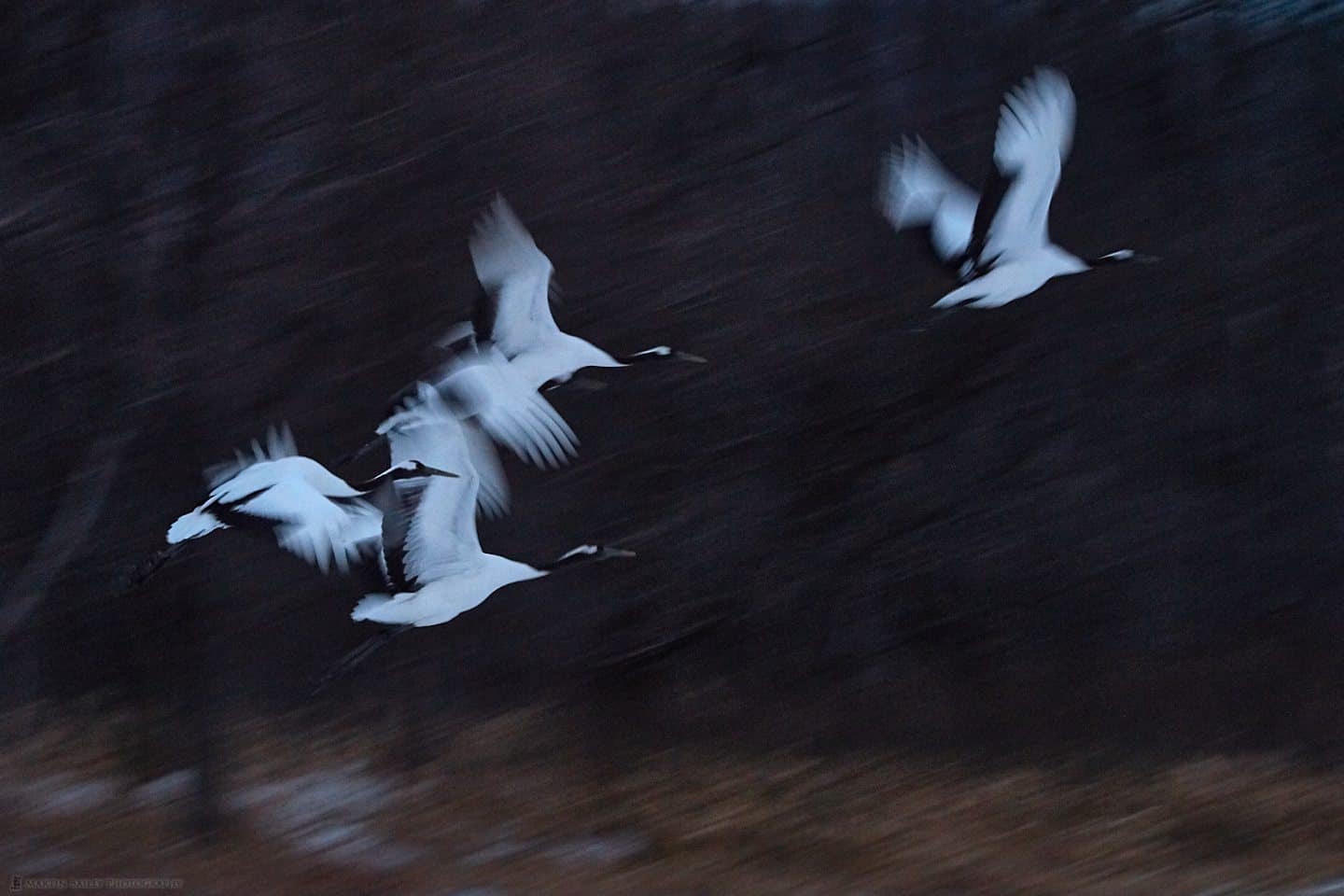


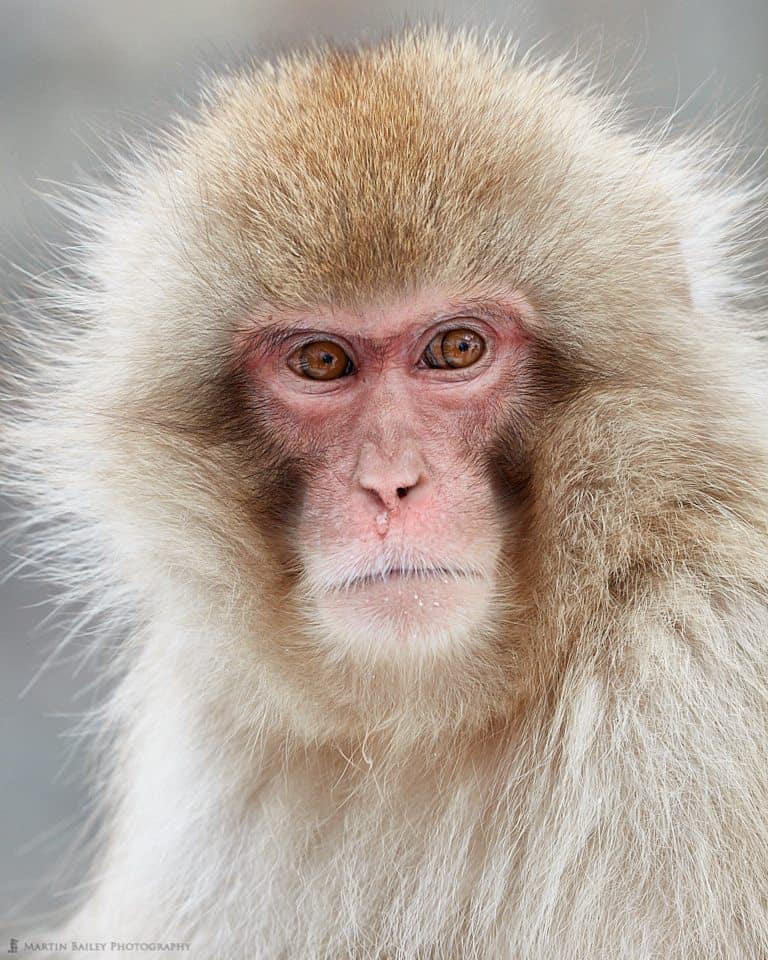

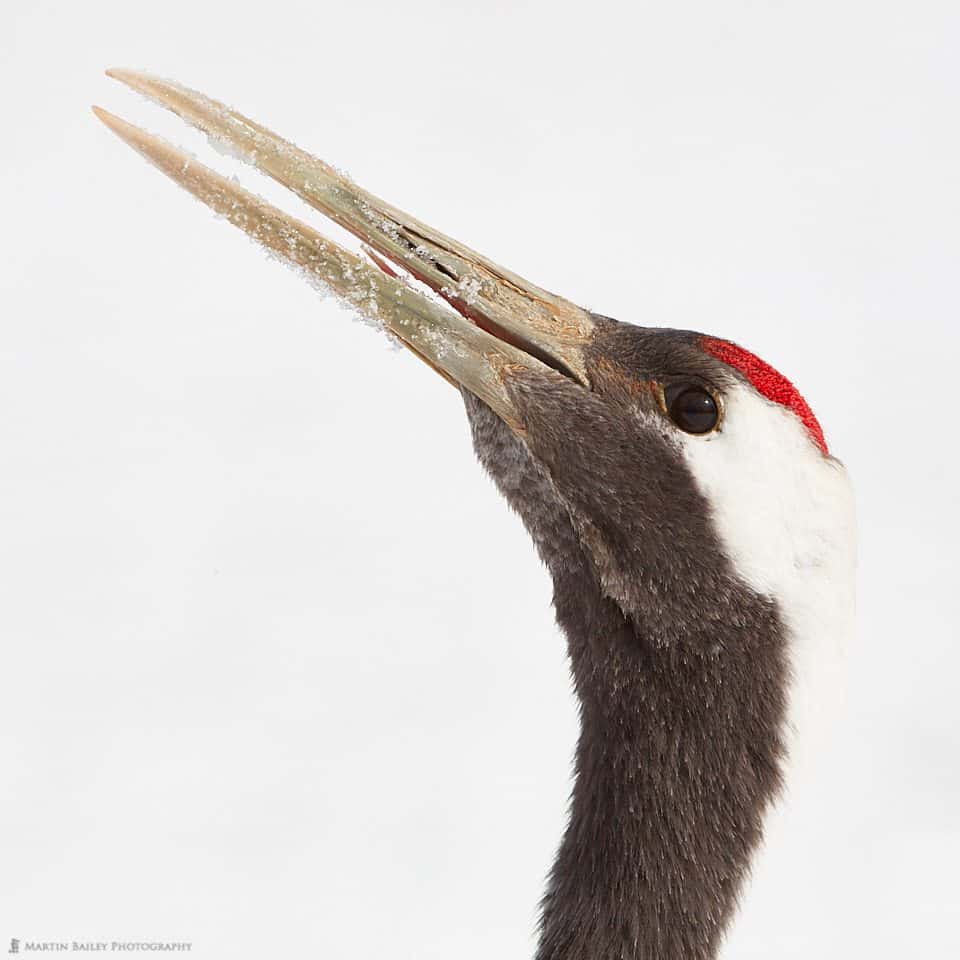
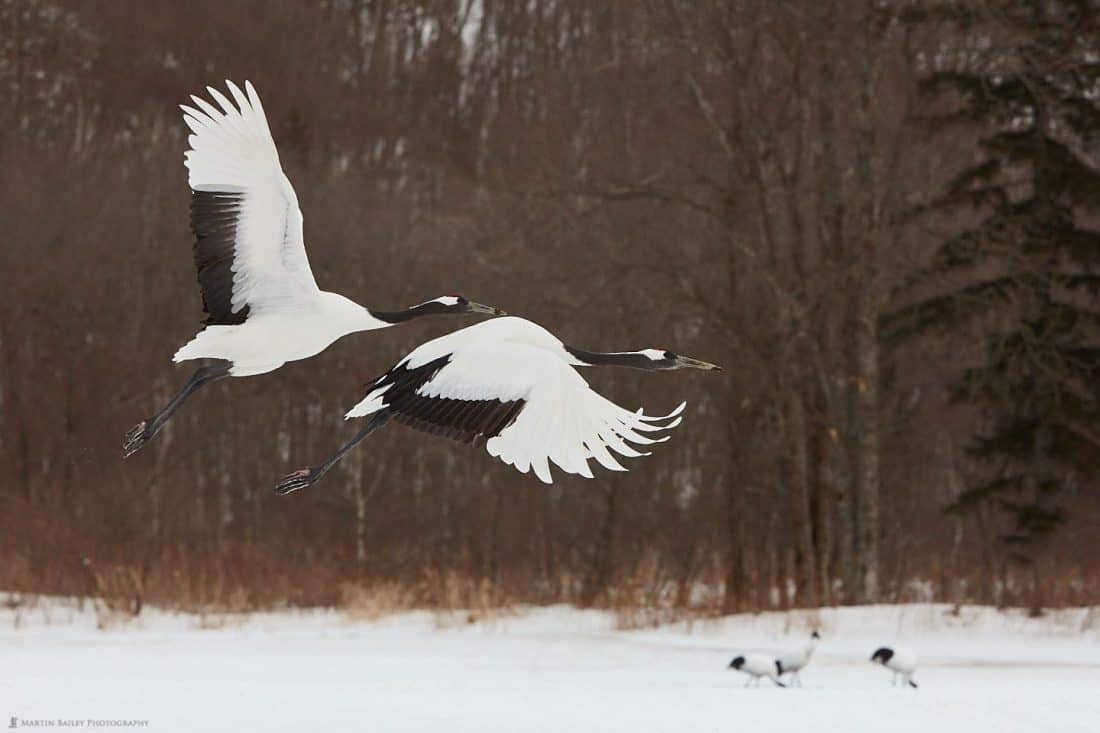
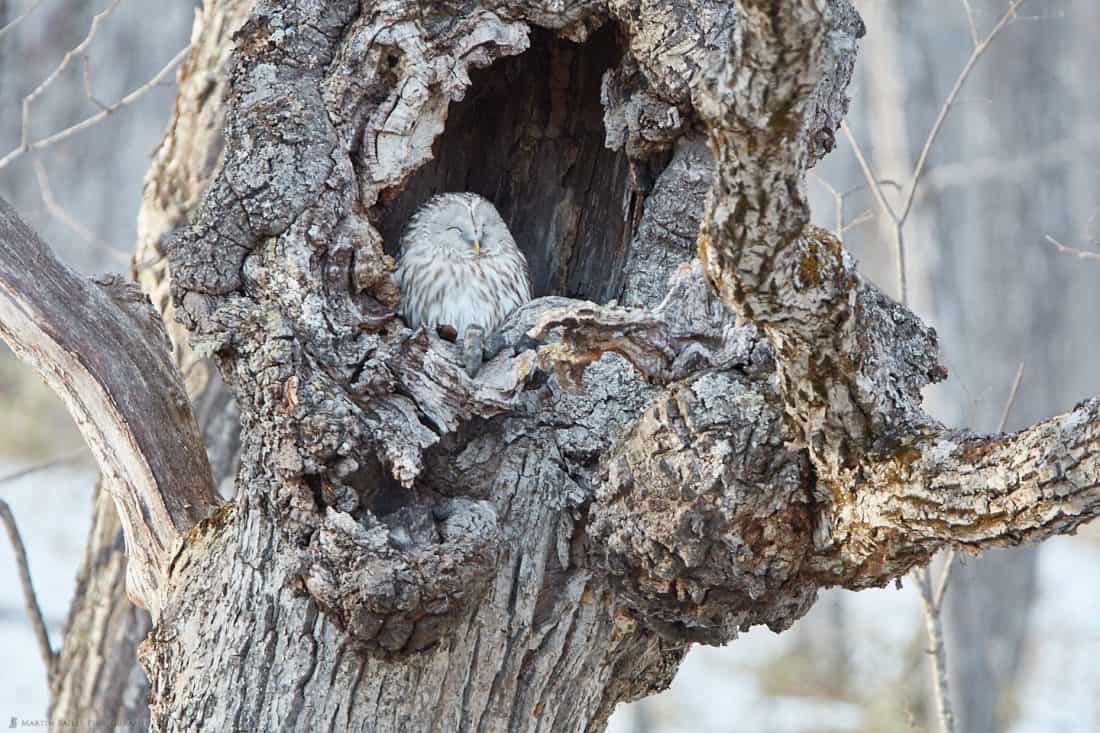

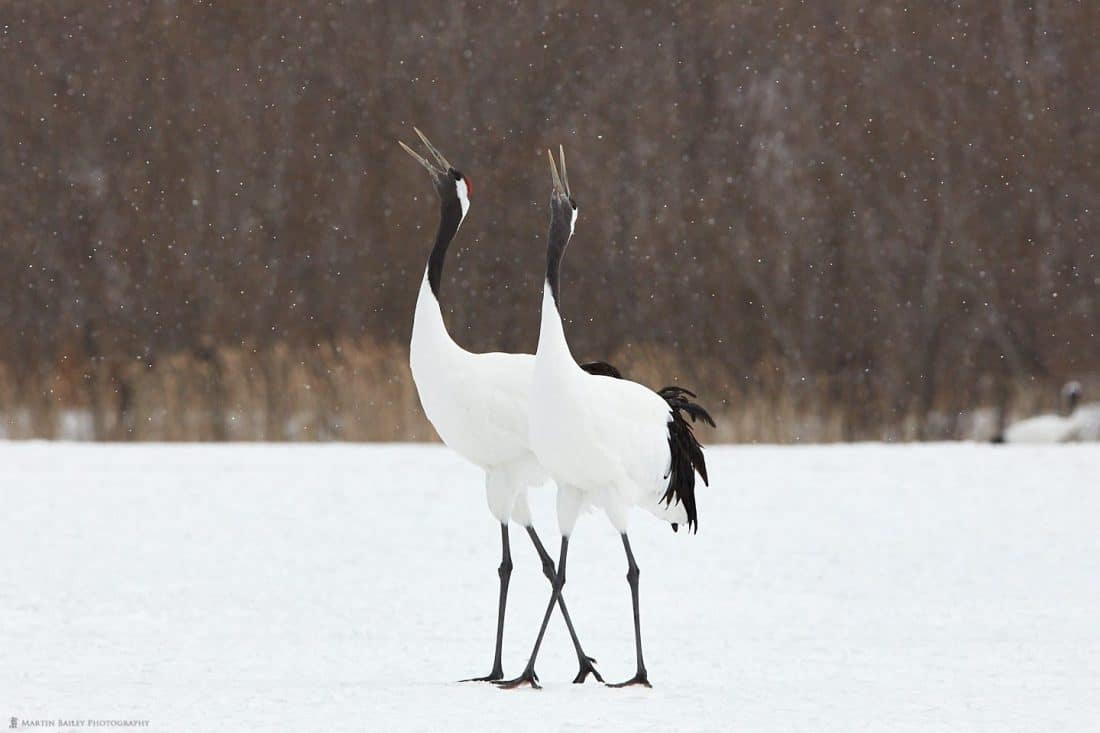
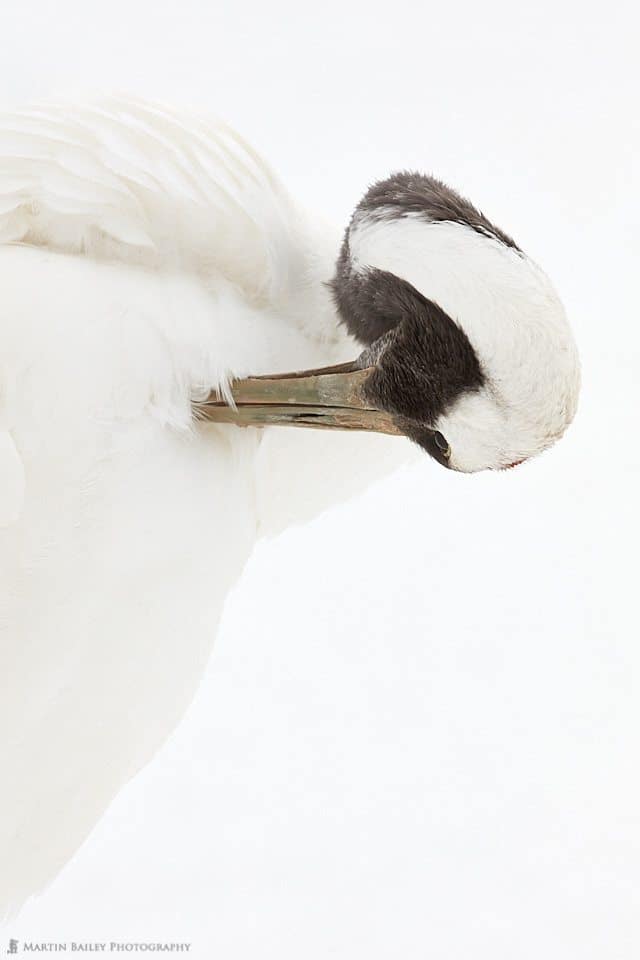
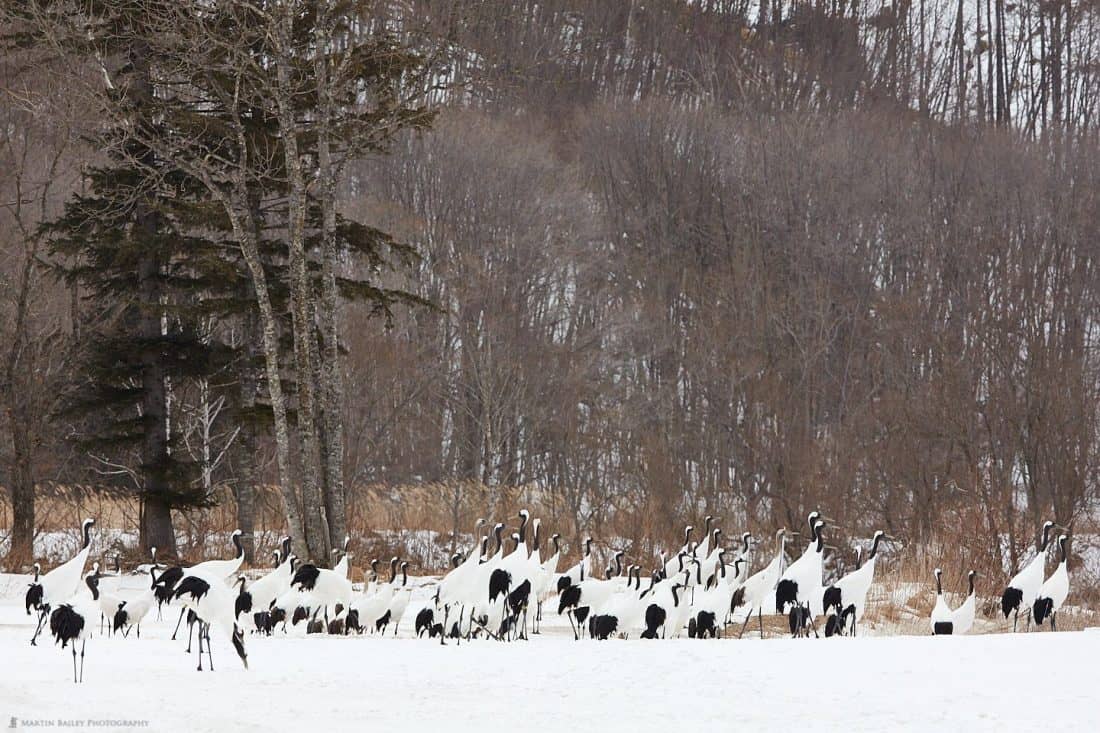
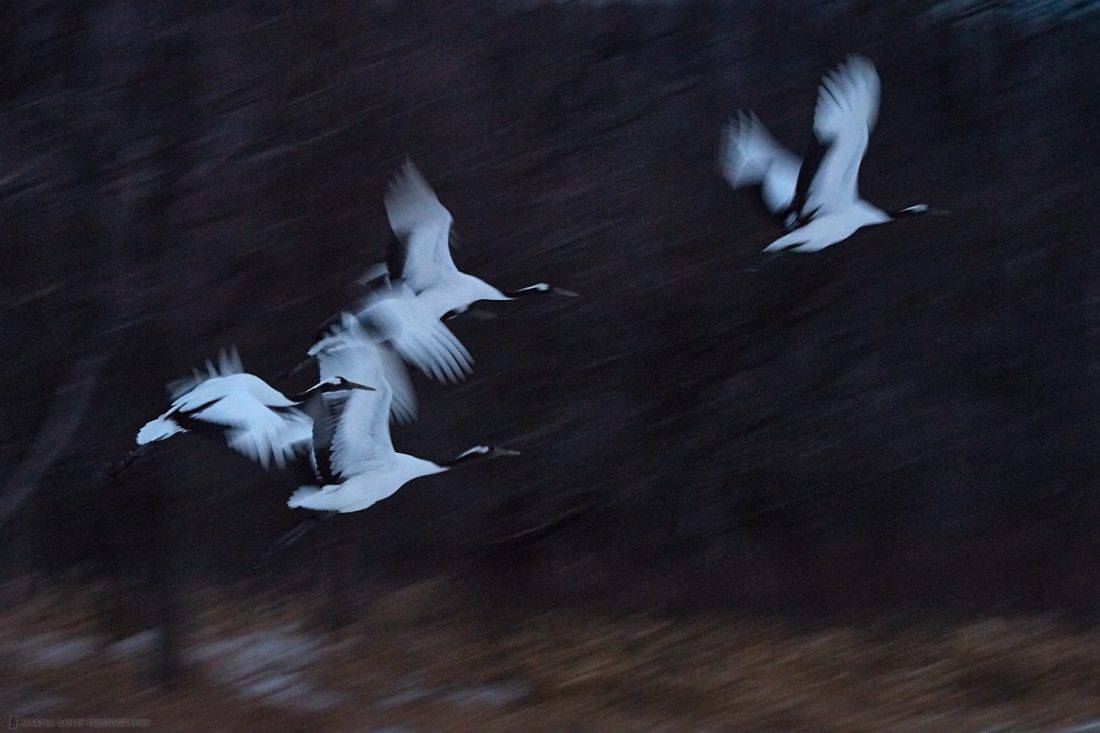
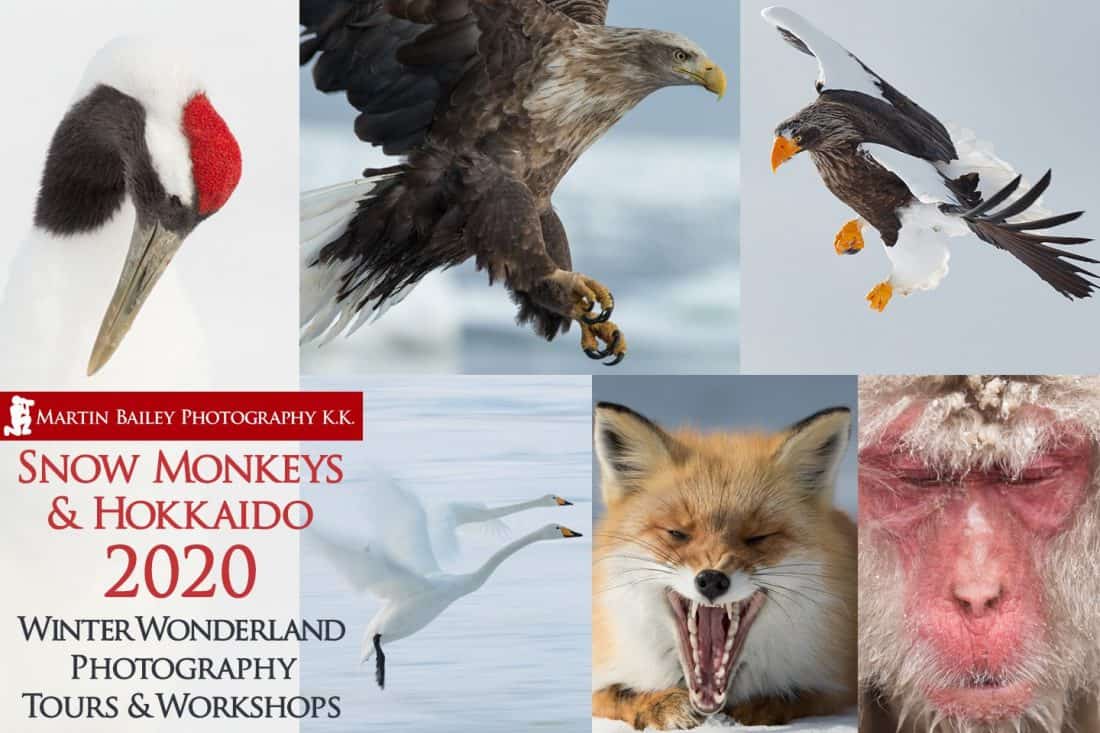

0 Comments